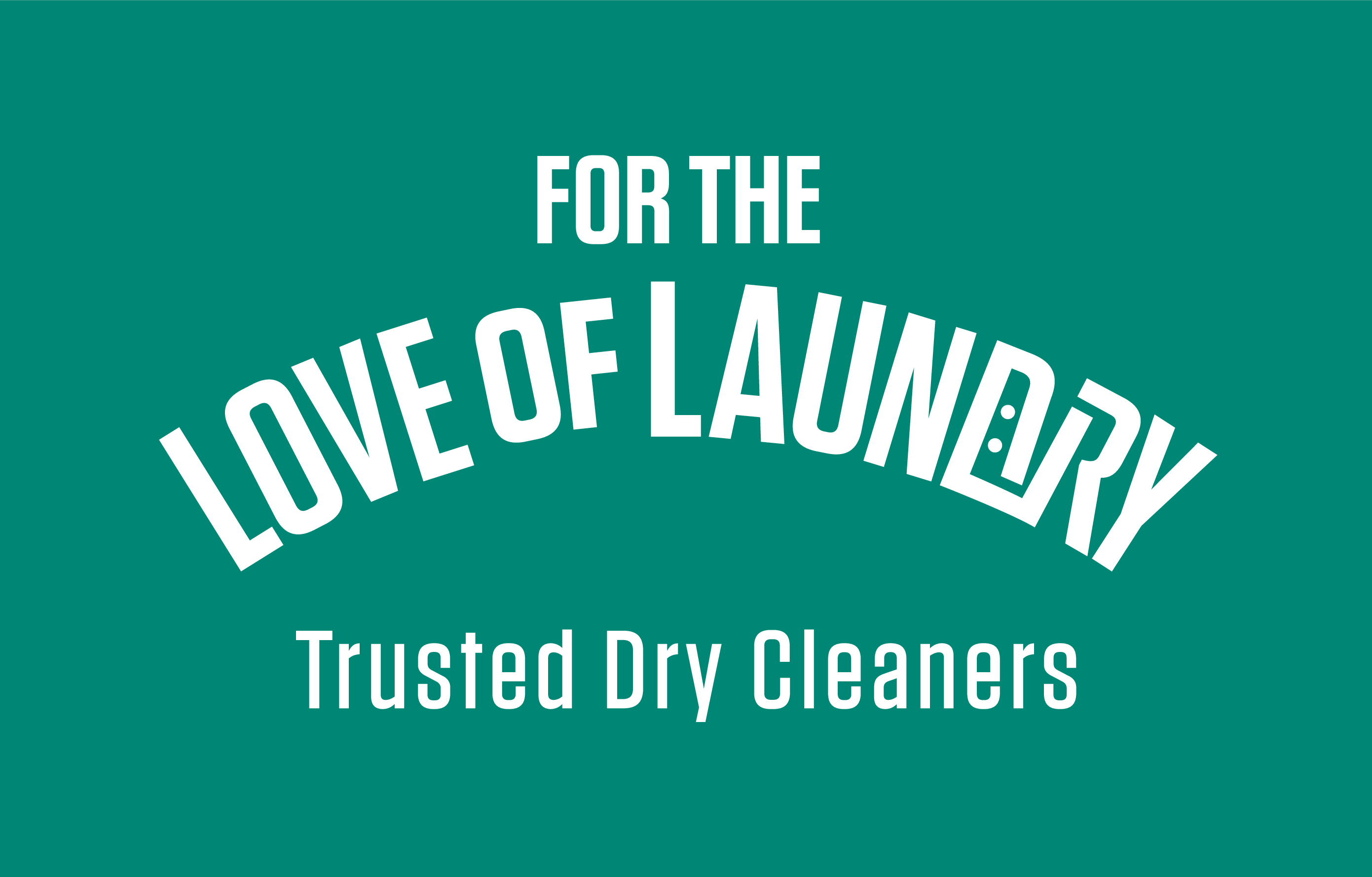Does Dry Cleaning Actually Remove Stains?
Stains are the bane of every wardrobe, but when you drop your clothes off at the dry cleaner, you hope they’ll come back spotless. But does dry cleaning actually remove stains? The answer is more nuanced than a simple yes or no, depending on various factors like the type of stain, fabric, and cleaning method. This article will explore how dry cleaning works, its effectiveness in removing different types of stains, and what you can realistically expect from the process.
Understanding Dry Cleaning: How It Works
Dry cleaning is a specialized cleaning process that uses chemical solvents instead of water to remove dirt, stains, and oils from fabrics. The most common solvent used is perchloroethylene, or “perc.” The process is particularly effective for delicate fabrics like silk, wool, and synthetics, which might be damaged by water-based washing methods. The key to dry cleaning’s effectiveness lies in its ability to dissolve oils and grease, which are the base for many types of stains.
Does Dry Cleaning Actually Remove Stains? The Role of Pre-Treatment
One of the most critical aspects of dry cleaning is pre-treatment. Before the actual dry cleaning process begins, the cleaner inspects each garment for stains and applies specialized stain removers. This pre-treatment step is vital for breaking down the stain before the garment is subjected to the cleaning solvent. The success of stain removal often depends on how well this step is performed, particularly for tough stains like ink, wine, or oil.

Case Study: Effectiveness of Dry Cleaning in Singapore
A study conducted by a reputable institution in Singapore examined the effectiveness of dry cleaning for removing various types of stains. The research found that while dry cleaning was highly effective at removing oil-based and grease stains, it was less successful with water-based stains like wine or blood unless pre-treated properly. The study highlighted the importance of pre-treatment and the type of stain in determining the outcome.
Types of Stains: What Dry Cleaning Can and Cannot Remove
Dry cleaning is particularly effective for certain types of stains, especially those caused by oils and grease. These include stains from butter, salad dressing, cooking oil, and cosmetics. The solvent used in dry cleaning dissolves these substances effectively, often removing them completely. However, dry cleaning may struggle with water-based stains such as juice, coffee, or blood, which can sometimes be more challenging to remove.
For water-based stains, dry cleaners often rely on the pre-treatment process to break down the stain before dry cleaning. If a stain has set or has been left untreated for too long, even the best dry cleaning methods may not be able to remove it entirely. This is why prompt treatment of stains, whether at home or by a professional, is so crucial.
Expert Opinions: The Limitations of Dry Cleaning
Industry experts agree that while dry cleaning is highly effective for certain types of stains, it is not a miracle solution for all stain types. According to a professional dry cleaner in Singapore, “Dry cleaning works wonders on oily and greasy stains, but for water-based stains, it’s a different story. The key to effective stain removal is early intervention and appropriate pre-treatment.”
How to Improve Stain Removal with Dry Cleaning
To maximize the effectiveness of dry cleaning in removing stains, it’s essential to follow a few key practices. First, address stains as soon as possible. The longer a stain sits on fabric, the harder it becomes to remove. If you plan to take the garment to a dry cleaner, avoid treating the stain with home remedies that might set it further. Instead, blot the stain gently with a clean cloth and take it to the cleaner as soon as possible.
Communicate clearly with your dry cleaner about the nature of the stain and how long it has been on the fabric. This information can help the cleaner choose the most appropriate pre-treatment and cleaning method. Additionally, some dry cleaners offer specialized stain removal services for particularly tough stains, which might be worth considering for valuable or delicate garments.
Case Study: Customer Experiences with Dry Cleaning Stain Removal
A survey conducted among dry cleaning customers in Singapore revealed mixed results when it came to stain removal. While many customers were satisfied with the removal of oil-based stains, others reported that water-based stains were less successfully treated, especially when not pre-treated properly. The survey emphasized the importance of managing expectations and understanding the limitations of dry cleaning.
The Role of Fabric Type in Stain Removal
The type of fabric plays a significant role in how well stains can be removed through dry cleaning. Natural fibers like wool and silk are more absorbent and may hold onto stains more stubbornly, especially if the stain has had time to set. Synthetic fabrics, on the other hand, are often less absorbent, making it easier to remove stains, particularly oil-based ones. Understanding the nature of the fabric can help in predicting the success of stain removal during dry cleaning.
Practical Tips for Stain Management
To improve your chances of stain removal, it’s essential to act quickly. Blot, don’t rub, any stains as soon as they occur to avoid spreading the stain or driving it deeper into the fabric. Avoid applying water or soap to the stain, as this can sometimes set it further, making it more challenging for dry cleaning solvents to remove. Instead, take the garment to a professional dry cleaner as soon as possible, and inform them about the type of stain and how long it has been present.
Final Thoughts
Dry cleaning is a powerful tool for removing many types of stains, particularly those that are oil-based or grease-related. However, it’s not a one-size-fits-all solution, and its effectiveness can vary based on the type of stain, the fabric, and the timing of treatment. By understanding what dry cleaning can and cannot do, and by taking quick action when stains occur, you can maximize the chances of restoring your garments to their original condition.
For those in Singapore seeking a reliable and professional dry cleaning service, For the Love of Laundry provides expert care for your most cherished garments. With a commitment to quality and eco-friendly practices, you can trust that your clothes are in the best hands.
For more information on our services, visit For the Love of Laundry and explore our Dry Cleaning options. Experience the difference with our professional dry cleaning services today!
Click on the link to find out more about For the Love of Laundry services. Chat with our representatives today!
About For the Love of Laundry
Dry Cleaning
Leather Cleaning
Laundry Pick Up and Delivery




